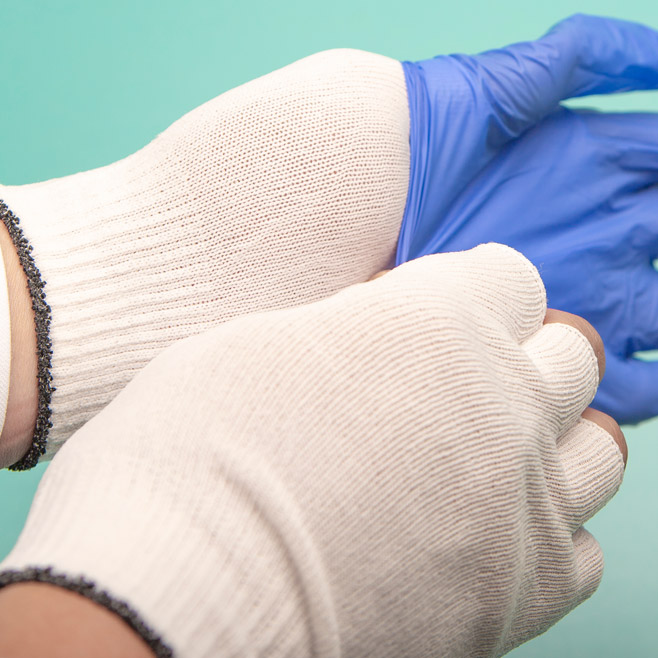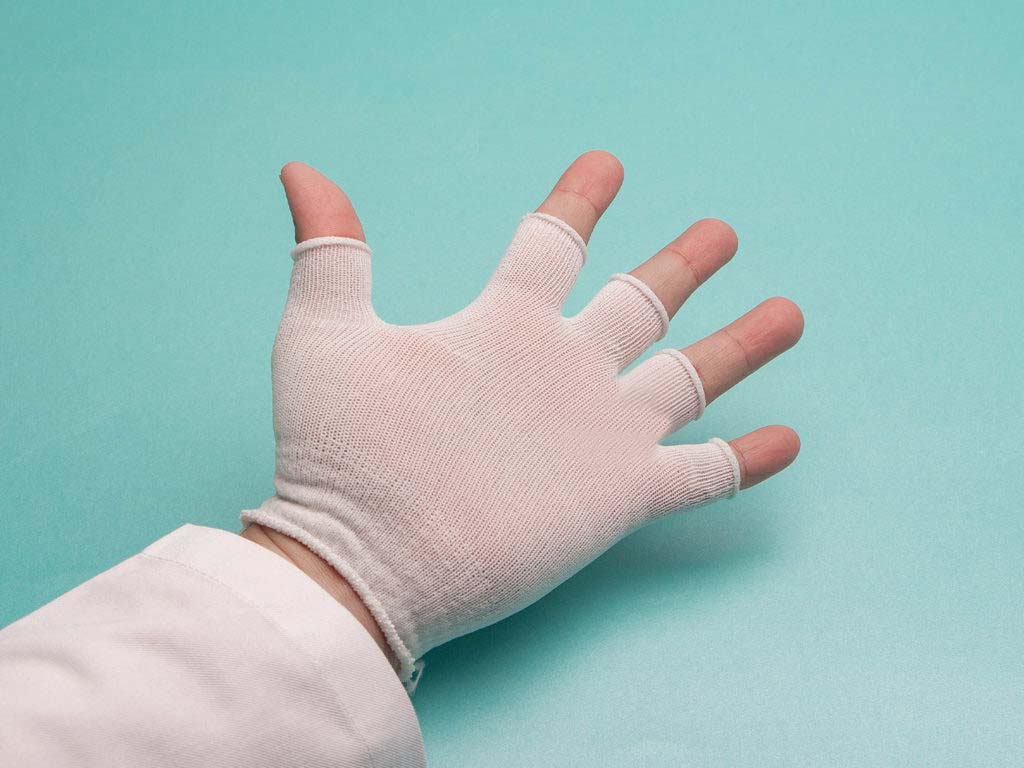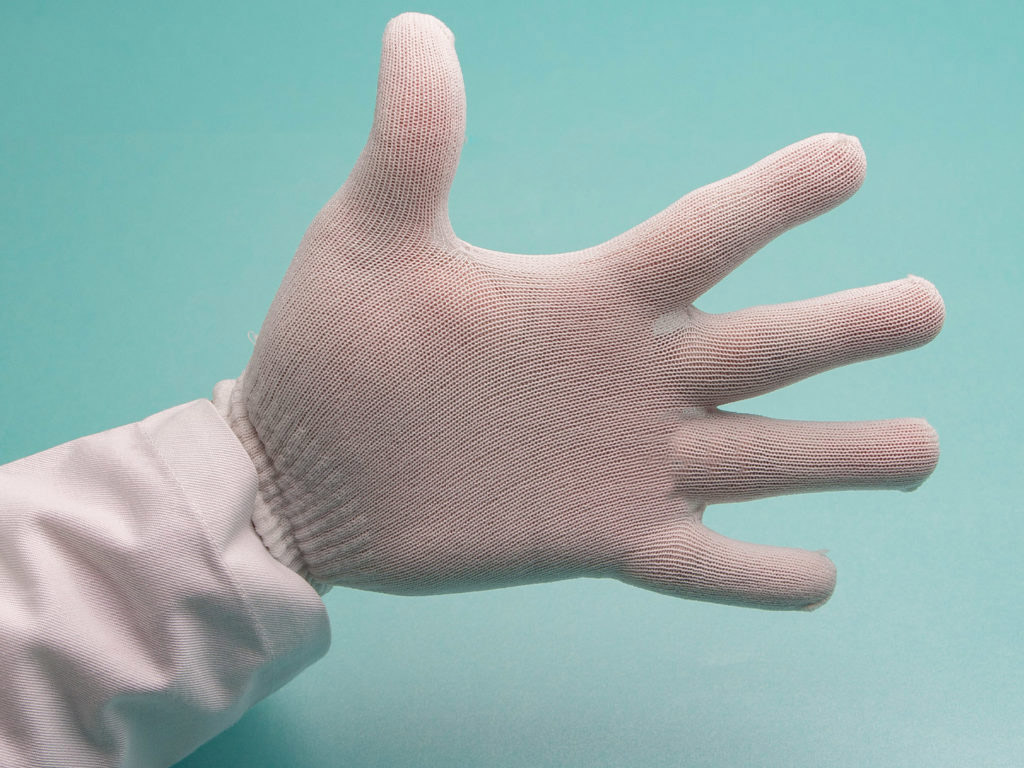Cleanroom News, Cleanroom Technology, Hospitals
Do Gloves Impact Your Work and Health?
We’ve Got You Covered
It has been said that one of the (arguably very few) upsides of the COVID pandemic has been the opportunity to step out of our own reality and appreciate another person’s perspective, to walk, metaphorically at least, in their shoes. During the last year, for instance, we have certainly been given first hand experience of practices which have always been critical to the role of the certain groups of our society: healthcare professionals and bio-medical researchers. And while it’s not exactly that we’ve been walking in their shoes, we have had direct experience of their woes in terms of protective hand equipment. That is to say their gloves. Whether in clinics, hospitals, or other contamination-controlled environments, doctors, nurses, dental surgeons, researchers, and cleanroom personnel all contend daily with the challenges of personal protective equipment, including the reported loss of dexterity and discomfort. And while essential to ensure safety, wearing these items can sometimes be uncomfortable and annoying. But given their necessity, is there a way to make the oftentimes prolonged wearing of gloves less unwieldy? We think so. And if you’ve been impacted by Sweaty Palm Syndrome or have a new respect for those quietly battling the itch of Contact Dermatitis, you should definitely read on…
According to Occupational Health & Safety (OH&S), single use gloves pose a significant challenge to hand and skin health.
While performing a critical role in preventing exposure to pathogens, the gloves nonetheless create ‘a highly undesirable result—a harsh occlusive environment between the glove and hand that yields a new set of risks for the wearer: Lack of airflow inhibits proper regulation of the skin environment, glove friction from repeatedly rubbing against the skin harms the upper skin layers, and higher temperatures within the glove increase perspiration and discomfort. Additionally, this occlusive environment serves as a breeding ground for bacteria, fungus, and other nasty elements that can negatively impact your hand’s health.’(1) Moreover, in wearing gloves for protracted periods of time, barrier components such as natural lipids can be stripped away, macerating the skin and leaving this usually non-permeable organ more prone to opportunistic infection. In a nutshell, while the gloves protect against external threats, they can create a series of problems themselves.
Furthermore, OH&S argues, the impacts of this discomfort extend beyond the health of the wearer: ‘uncomfortable single-use gloves can greatly decrease productivity, encourage more frequent workplace safety violations, and increase the risk of significant medical issues, all of which lead to much higher costs for employers. By limiting hand functionality, perspiration may hinder a worker’s ability to perform certain job functions, or cause them to change gloves more frequently.’ (2) To an employer, the cost of dermatitis can run between $9,000 and $11,000 per case; to the sufferer it costs, arguably, somewhat more. (3)
So what is the solution to this problem?
How can workers in cleanrooms and contamination-controlled environments be most efficiently protected without sacrificing amenity or health? In essence, it’s a matter of choosing the right equipment, both for safety and convenience. After all, if gloves will be worn for extended periods of time it’s important to make them as acceptable as possible. Size, thickness, and fit are critical metrics in evaluating the suitability of a hand-worn product, and some of those characteristics are dependent upon the materials from which the gloves are constructed. Where some wearers have been forced to rely solely on a layer – or, in the best case scenario, a double layer – of nitrile or latex gloves, Berkshire’s medium weight BCR®️ Ultra Glove Liners offer unique additional benefits. Available in full-finger and half-finger options, the liners are fortified with FYnesse™ Fortify•AM® and FYnesse™ Fortify Sta•Cool®️ technology that allows for maximum user relief even during all-day wear. Moreover, the 100% continuous filament knitted polyester liner is engineered with a seamless, no-run design that minimizes both potential contamination and skin irritation. Coupled with stay-cool freshness, the antimicrobial properties of the liners make them a popular choice as an insert for any nitrile, latex, neoprene, or vinyl glove. And, of course, they offer outstanding quality and value in any ISO class cleanroom or controlled environment. (For additional information on the full range of glove liner products, visit us here.)
Gloving in the workspace, and – in the time of COVID – out in the public sphere, can be bothersome, but is a necessity nonetheless. With this in mind, we strive to find every way to make it easier, more agreeable, and less tiresome to don and doff essential hand protection. Because, ultimately, we know that our healthcare workers, cleanroom operatives, and laboratory personnel are on the frontline of public health protection and research. Glove liners enhance operator comfort by reducing perspiration and contact/heat dermatitis associated with wearing latex, nitrile, neoprene gloves.

Let us know in the comments if you found this information useful. And please contact us with all of your PPE questions!
References:
- https://ohsonline.com/Articles/2017/11/01/The-Real-Cost-of-Sweaty-Gloves.aspx
- ibid
- https://www.osha.gov/safetypays/estimator

























Pingback: Do Gloves Impact Your Work and Health? - Cleanroom News | Berkshire Corporation
Pingback: Helping Your Employees Stay Healthy and Productive This Winter - The European Business Review